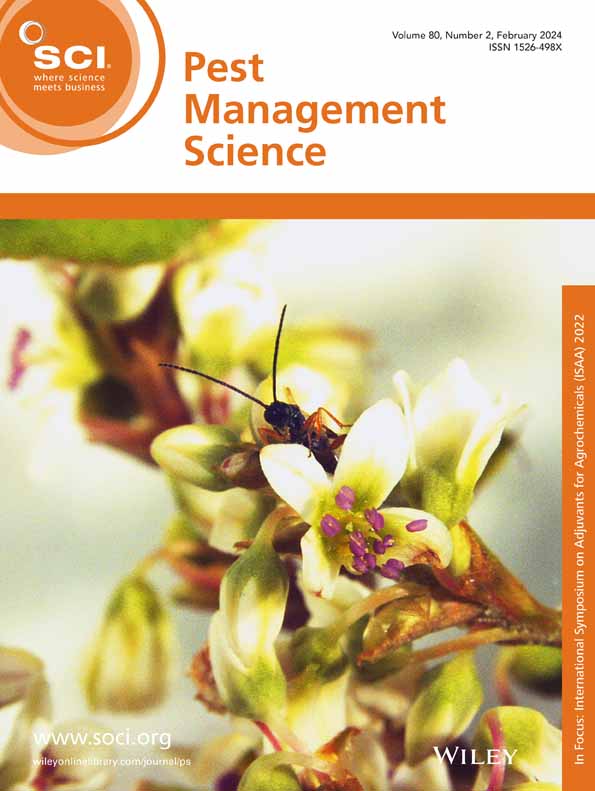Pathogenic diversity and fungicide sensitivity of soybean root rot oomycetes in Heilongjiang Province, China
Abstract
BACKGROUND
Soybean root rot is a global threat to soybean yield and quality caused by several pathogens, which vary in fungicide sensitivity. Management is challenging due to fungicide resistance and limited synergistic strategies. To understand the pathogenic diversity, the pathogens causing soybean root rot in Heilongjiang Province were identified. The inhibitory activity of different fungicides and synergistic fungicide combinations was further investigated to further develop integrated management strategies for soybean root rot.
RESULTS
This study analyzed soybean root rot samples from 14 locations in Heilongjiang Province, China, identifying four oomycete species in three genera: Phytophthora sojae, Pythium periplocum, Pythium acanthicum, and Phytopythium chamaehyphon, the latter reported for the first time in China as a root rot pathogen. Sensitivity tests on six fungicides showed fluopicolide, azoxystrobin, and dimethomorph were effective against P. sojae but not Pythium periplocum, Py. acanthicum or Ph. chamaehyphon. Oxathiapiprolin is effective against P. sojae and Ph. chamaehyphon. Molecular docking revealed pathogen-specific binding affinities, confirming their selective efficacy. Metalaxyl-M and zoxamide displayed broad-spectrum activity against all three genera. A synergistic 5:1 combination of these fungicides significantly reduced median effective concentration (EC50) values across pathogens, offering an effective integrated management approach.
CONCLUSION
The results enhance our understanding of soybean root rot pathogens, fungicide sensitivities, and optimal combinations. The identification of Ph. chamaehyphon and the discovery of an effective metalaxyl-M and zoxamide combination provide foundations for sustainable control strategies to mitigate this devastating disease. © 2025 Society of Chemical Industry.





 求助内容:
求助内容: 应助结果提醒方式:
应助结果提醒方式:


